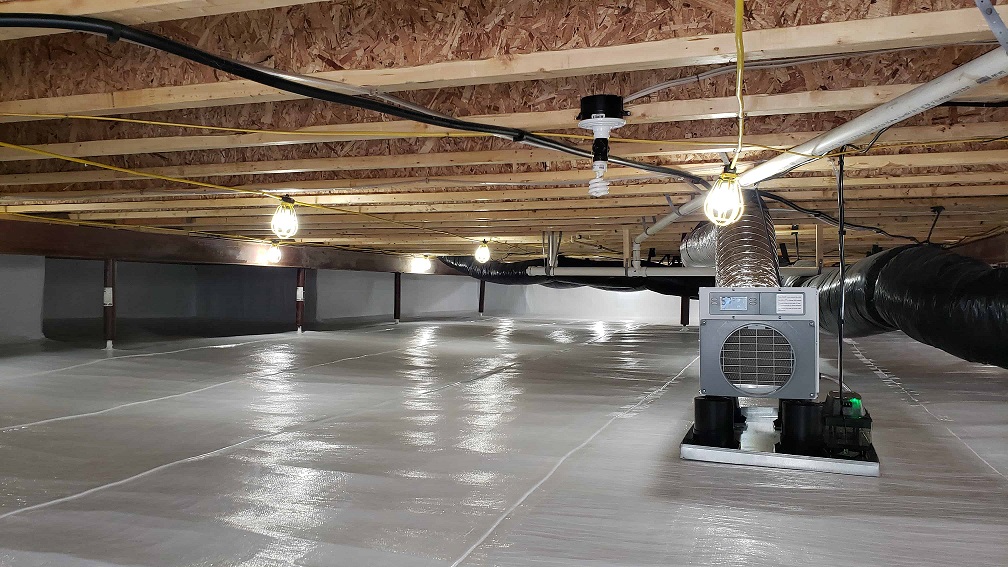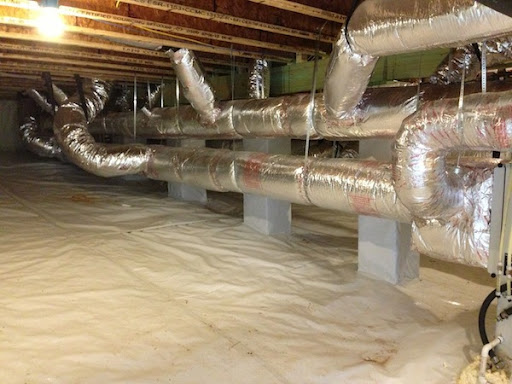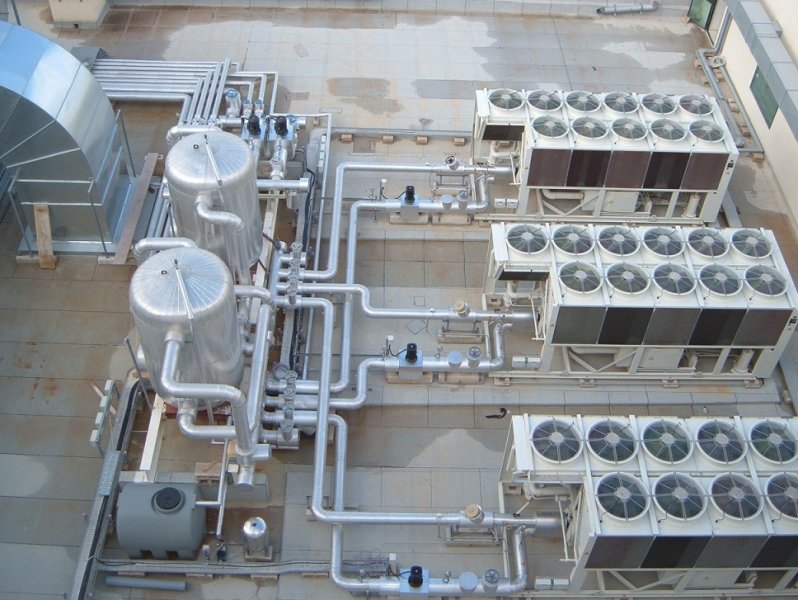Gone are the days when sustainability was seen as an "optional extra." Today, it's a strategic imperative, offering compelling benefits

Introduction
Most people overlook the location of their HVAC unit, yet it’s an important thing to consider. Crawl space is the best place HVAC system in your house. However, this can have both benefits and drawbacks to the system. In this article, we’ll tell you some of those detractions and benefits. This will help you determine if placing the HVAC system in crawl spaces is a good idea or not!
The crawl space has the following benefits for installing your HVAC units;
1. Aesthetics
A Heating, Ventilation, and Air Conditioning system is not that attractive. That is because they’re large, bulky metal boxes that are often painted battleship gray. Unlike architects and designers, engineers don’t care much about appearance. Luckily, crawl spaces for HVAC systems offer an incredible solution for concealing these units. That way, they’ll not affect the outside décor, especially if they aren’t blending in well.
2. Weather shielding
Mounting HVAC systems outdoors doesn’t protect them from weather elements. These elements cause constant bombardment that eventually affects the fan motor. Also, they can cause damage to various HVAC system components that are prone to corrosion. This issue is more common if the building is near a coastline. Placing an HVAC system in a crawlspace, therefore, will protect it from these elements.
3. Conserves space
Placing an HVAC unit/ heat pump in a yard can take up a lot of space. This will minimize the yard’s usable square footage, especially if the space is limited. Besides, you may want to install an outside pool. Yet some zone laws prevent the installation of hot tubs/ pools near an HVAC unit. In that case, the crawl space for the HVAC system will offer you an efficient way of conserving that space.

1. Mold
Crawl spaces for HVAC systems are usually dark, humid, dirty, and damp. Not to forget that they’re full of stagnant air and can get too hot in the summer. These conditions promote the growth of mold. Therefore, HVAC units installed in these areas will pick up mold spores. Unfortunately, spores are microscopic, so regular filters will not stop them. This means that you’ll have them circulating throughout your house.
Mold causes severe respiratory ailments, especially among small children. Therefore, it’s essential to prevent mold growth in crawl spaces for HVAC systems. To accomplish that, you need to ensure that the area has proper air circulation.
2. Accessibility
HVAC units are electro-mechanical devices. And like any other device, their components will break down over time. As the name suggests, one has to ‘crawl’ to access these spaces. In other words, if the system breaks down, you’ll have a restricted area to work in. Yet dissembling the HVAC unit will only be feasible if you can access it from all sides. To accomplish this, you need to pre-plan the location of your unit. Also, you need to allow adequate room around the system for repair and disassembly.
3. Radon Gas
Radon radioactive gas occurs naturally in the soil. When this gas peculates up through the soil, it can cause birth defects and cancer. It’s one of the main causes of respiratory cancer. Radon gas can accumulate in crawl spaces for HVAC systems that don’t have adequate ventilation. HVAC units installed in these spaces will draw in radon gas and spread it into the house. To prevent this, make sure the crawl spaces have proper ventilation.
4. Combination effect
A combination problem occurs when crawl spaces don’t have adequate ventilation. The HVAC unit’s air inlet system will pick up both mold and radon gas. This means that radioactive and mold-laden air will be circulating throughout your house. Thankfully, you can solve this issue by ventilating the crawl spaces properly.

Leakages in return or supply lines can cause your HVAC system to suck in dirty crawl space air into the ducts. The system will then blow that air directly into your living space. That’s why it’s important to inspect your system regularly. Surprisingly, most of the time, the problem is that the system is drawing in unfiltered air.
This can also be caused by disconnected return & supply ducts. Not to forget leaking and lose joints between parts of ductwork. Other causes include; missing covers and air filters, as well as unsealed ductwork. Similarly, improperly sealed ductwork can cause this problem, especially in older homes.
Sometimes, the air filters may be located inside the walls/ floor of your home. In this case, if there is a leakage in the return ducts, filters will slightly restrict the airflow. This will cause air to follow the path with the least resistance. As such, the return ducts will directly suck in unfiltered air from the crawl spaces for the HVAC system. This staled air will be cooled/ heated, and blown back into the house via the supply ducts.
How Innodez Design & Engineering can help!
Innodez Design & Engineering offers comprehensive solutions to address your indoor air quality. This includes; crawl space inspection, indoor air quality inspection, and basement assessment. We’ll also test your HVAC units for leakage signs that can affect your indoor air quality. Give us a call today.
About Author
InnoDez